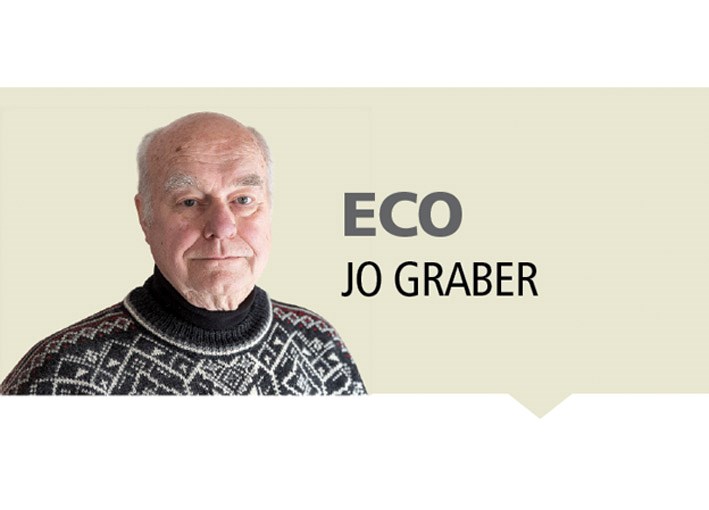The West Coast Olefins proposed ethylene plant in our region continues to be plagued with controversy. For me, the most recent was Ken James’June 2 letter to the editor regarding the project. The letter contained 10 rhetorical questions to Dr. Marie Hay. The readers received no facts. Instead they were presented one insinuation after another.
Since I am the chair of PACHA – the People’sAction Committee for Healthy Air, which met with Ken James and his executives on two occasions - I know the facts that he decided to exclude.
The following are six of the most important ones.
1. On Aug. 7 and 22, 2019, West Coast Olefins Ltd. representatives met with three PACHA executives,Dr. Marie Hay and me as well as a PhD chemist who is a specialist in chemical manufacturing plant operations and research as well as researching and applying air pollution measurement and control methodology.
2. Each PACHA member spoke freely based on our own diverse backgrounds, investigations, knowledge and concerns about the proposal, not only as presented, but also as could be determined from the Nova research in Joffre, Alta., frequently referenced by Ken James.
3. At the first meeting we asked whether Ken James knew of the 2001/02 ‘Prince George Area Industrial Land Study’ (reconfirmed by the ‘Prince George Area Industrial Land Profile’ report of 2008) and the specifically selected locations for new heavy industry developments in the region. These were in the regional district so that Prince George’s sensitive Nechako and Fraser River Valley air shed would not be further compromised. Those sites are identified on the city website as heavy industrial location opportunities.
It was the first they heard of them. We gave them a copy. The city had not informed them of the “policy,” nor the reference in the 2012 (current) Official Community Plan. Policy 6.1.2 states: “The City shall continue to work with the Regional District of Fraser-Fort George to identify new heavy industrial lands outside of the Bowl area.” The intentions of the city are clear to both the current administration as well as heavy industry developers.
4. Best available urban planning practices dictate that new heavy industry with polluting air emissions be located remote from dense urban populations, including urban subdivisions planned within the plant’s expected lifetime. That allows pollution to dilute sufficiently as predicted by dispersion models, before reaching human receptors. Our city and regional district, as well as the MoE knew that principle at one time.
5. One question posed by James was: “How many people die from ‘toxic’ emissions from the plants?” The answer to that question is contained in many peer-reviewed studies in locations such as the famous “chemical alley” in Sarnia, southern Texas, Louisiana, and the petrochemical hub in Sicily, as well as numerous others throughout the world. As well, there are meta-analyses that combine the results of multiple scientific studies to answer that question. The local environmental assessment, to be implemented by the Ministry of Environment, will hopefully include such information. Typically, they only consider the projected emissions, determine whether they meet their standards and do a dispersion model to see which residential and workplace locations will be affected during unfavourable weather conditions.
6. Finally, we suggested that a local citizen committee be established, possibly like the Joffre Nova plant has. Such a committee would provide input into the plant’s operation, especially those procedures that impact the effects of the plant emissions on the surrounding areas; improvement in efforts to promote and fund effective recycling; implementing a chain-of-custody protocol to monitor amounts of feedstock shipped to manufacturers who produce non-single use plastics compared to those who produce single use plastics. That suggestion was met with little enthusiasm from James. It is obvious that the communities impacted, the governing bodies having jurisdiction and the proponents have not been working together openly. Information has not flowed among interested parties while the proponents promote their project politically rather than environmentally. The earlier we agree to do so, the better for all concerned and the smoother the environmental assessment process will be.



